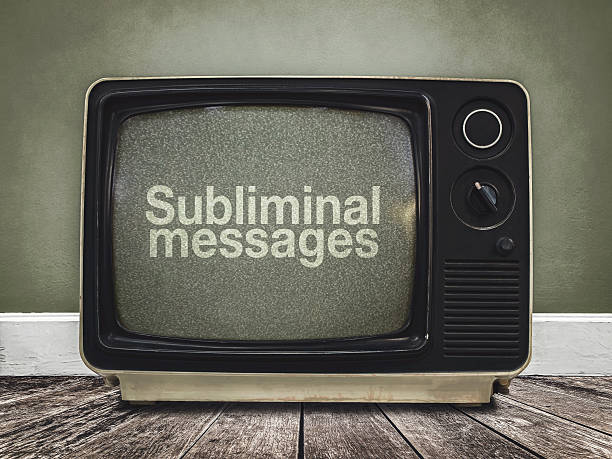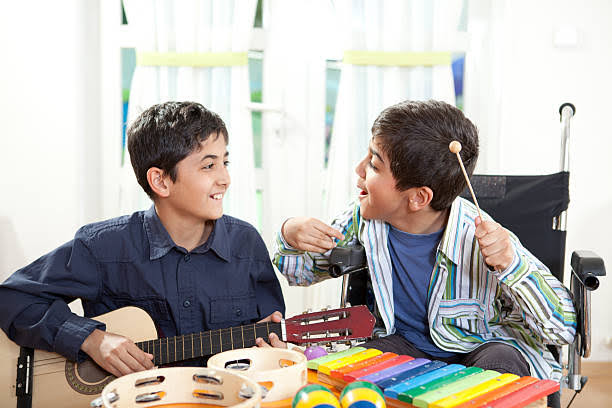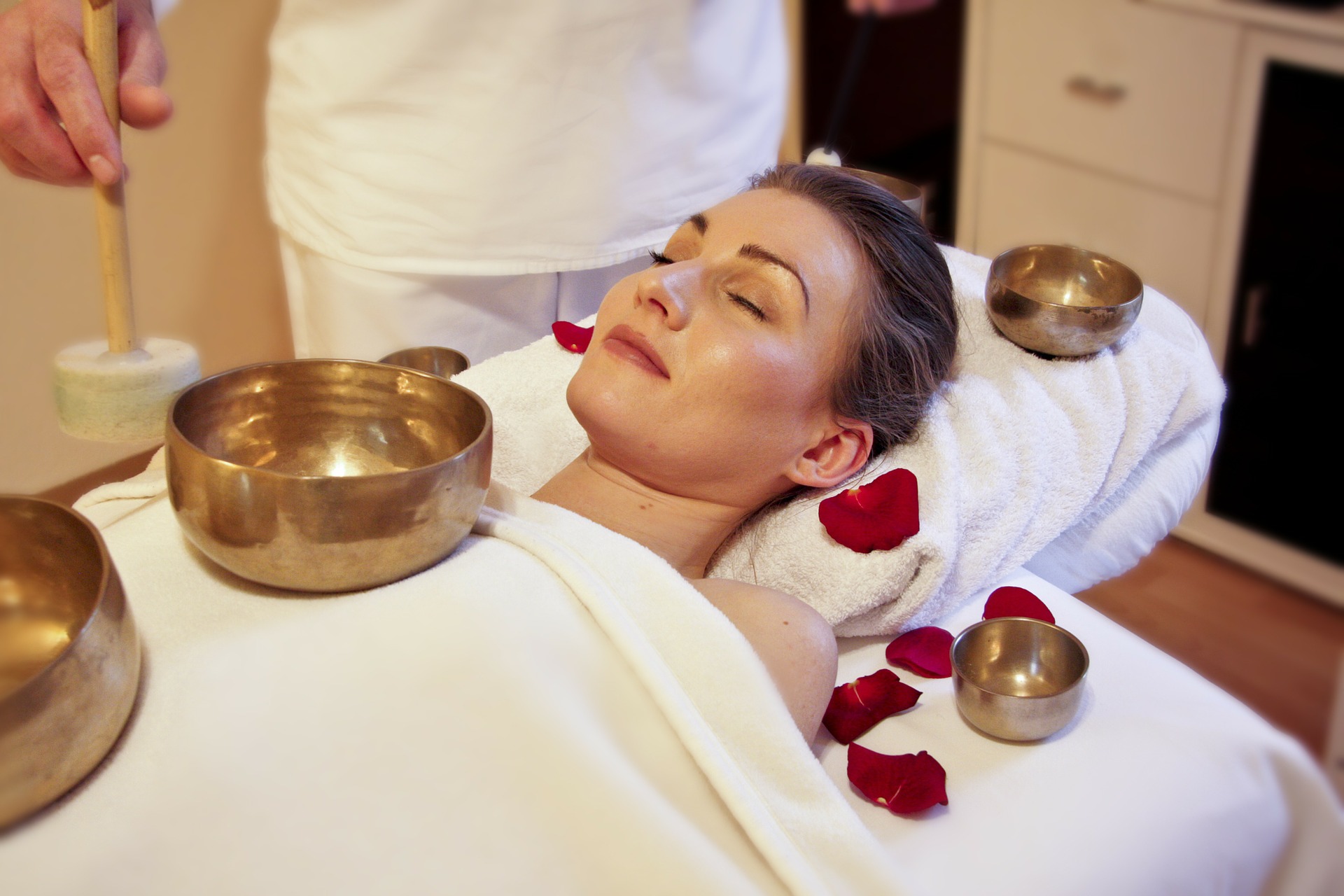Raga therapy is a unique method of treating illnesses by using the influence of Indian classical music for physical and psychological health. This treatment is based on the assumption that different ragas, or musical scales can produce certain emotions and physical reactions among people. People can attain a state of balance and healing by listening to or playing ragas.
Although raga therapy is starting to become popular, there are various hidden advantages of this treatment that have come with research into the matter. However, recent studies highlight the use of particular ragas in research has proven beneficial and even effective concerning different health problems. These findings provide insight into the potential of raga therapy as an adjunct treatment modality.
Raga therapy in stress and anxiety
It is found to be useful in one area stress and anxiety reduction. Nowadays the world is more dynamic and stressful as well, which develops a negative impact on both physical and psychological aspects of health. Studies have suggested that playing ragas like Bhairavi and Malkauns can help ease stress levels and make one more relaxed. These ragas have a comforting and peaceful effect on the mind, helping people to escape from the stresses of day-to-day life.
In addition to improving cognitive health, raga therapy can also have a positive impact on mental health. It has been found that listening to ragas can help reduce stress and anxiety levels. Ragas like Yaman and Darbari Kanada have a calming effect on the mind and body. They can also help alleviate symptoms of depression and promote emotional well-being by reducing the levels of cortisol responsible for triggering stress. Also, Bhupali is a morning raga set in a serene and peaceful ambiance. It is believed to encourage mental and emotional stability, while also having a soothing effect on the mind.
Regular practice of raga therapy can help individuals attain a state of mental peace and relaxation, leading to a more balanced and fulfilling life.
Raga therapy in breast milk secretion
In a study, the ragas Malkauns and Yaman played on the flute were used for music therapy sessions to help reduce maternal stress and increase breast milk secretion in mothers of premature newborns.
The primary objective of this study was to assess the effect of music therapy in reducing maternal stress on the secretion of breast milk in mothers in premature infants. The participants in the research were mothers of preterm newborns who had been admitted to a NICU at a tertiary health care center. According to the study results, music therapy was accompanied by a significant decrease in stress levels, which has been demonstrated by improved PSS and decreased salivary cortisol. In addition, milk expression scores were statistically significant in the group of subjects who received music therapy compared to their counterparts in which no patient could be supported. Thus, music therapy may be a simple and effective approach to promoting increased production of breast milk in neonates whose admission into the NICU is profoundly stressful.
Raga Therapy in Hypertension and Cardiovascular Health
Additionally, Raga therapy has been observed to have a beneficial effect on blood pressure. Hypertension or high blood pressure is a typical health problem that can cause severe complications unless one does something about it. Researchers have found that listening to ragas such as Ananda Bhairavi, Todi and Darbari Kanada can assist in reducing high blood pressure levels. the melodic patterns and rhythmic structures of these ragas have harmonizing effects on the body, making it healthier for the cardiovascular system.
Raga therapy in Insomnia
Raga therapy has also indicated potential effectiveness in improving sleep quality. Insomnia and sleep disorders have a tremendous detrimental effect on an individual’s overall well-being. Studies have also shown that ragas like Yaman and Bageshri improve sleep quality. International Journal of Yoga found that 30 minutes of listening to raag Yaman and Bageshri before going to bed can help achieve a calm state, slowing down heart and lung rates further for better sleep. These ragas have a soothing effect on the mind making people feel relaxed and lulled into a deep sleep.
Such ragas are thought to be safe, harmless, and natural means for improving sleep without any invasive procedures or medicines making it a great choice for those people who want an alternative that does not involve taking medication. The tones of raag Yaman and Bageshri used in steady tempo are found to be calming to the mind; they lull it into sleep more readily, and aid in staying asleep. Overall, these ragas are very encouraging for those who have trouble sleeping or suffer from insomnia because they create an environment full of calm and peace where one can easily get a good night’s sleep.
Raga therapy in the management of chronic pain and heart health
Another field where raga therapy has shown its potential is the management of chronic pain. The impact of Ananda Bhairavi on postoperative pain management is demonstrated by a 50% decrease in the need for pain medication among individuals who listened to it for three days following their surgery. On the other hand, the evening raga that is associated with a feeling of love and devotion could be considered as Puriya Dhanashree. It is claimed to be having a strong effect on the heart and can make one feel very happy or in love. The therapeutic qualities of these two ragas help to lessen chronic pain and improve overall health.
Raga therapy to promote normal digestion
Digestive problems like indigestion and irritable bowel syndrome are serious conditions that can affect a person’s daily routine. Research has also indicated that certain ragas such as Bhimpalasi and Marwa can normalize digestion and enhance gastrointestinal function. The vibrations and frequencies generated by these ragas positively impact the digestive system, leading to better overall health.
Also, music therapy boosts one’s mental performance. Cognitive decline is one of the main worries as people become older and it becomes imperative to identify ways in which brain health can be improved. Research has shown that listening to ragas like Todi and Kedar can enhance cognitive ability and memory. The complex patterns and significant structures of these ragas uplift the brain enhancing mental sharpness, and improving overall cognitive health.
Raga Therapy for immunity
It is also found to have beneficial effects on the immune system. The immune system has a vital role in defending the body against illnesses and diseases. Researchers have proven that ragas like Malkauns and Jog enhance the production of immune cells thereby fortifying immunity. These ragas therefore emit harmonious melodies and rhythmic patterns that are beneficial to the functioning of an individual’s immune system and program it for improved health.
It should be noted that raga therapy must not replace standard medical treatment. However complementary treatment can greatly support overall health and well-being. Raga therapy is a harmless and non-intrusive treatment that can be used by people from all age groups, and backgrounds.
To begin with, raga therapy is a uniquely powerful method of healing that uses the power of Indian classical music. By fostering equilibrium and harmony in the body and mind, raga therapy can help people attain a sense of physicalness as well as emotional soundness. The use of certain ragas in research, also reveals how raga therapy might become an additional treatment approach. Raga therapy is fast emerging as a globally popular form of remediation thanks to its personalized approach and the fact that it does not involve any sort of invasive procedures.




